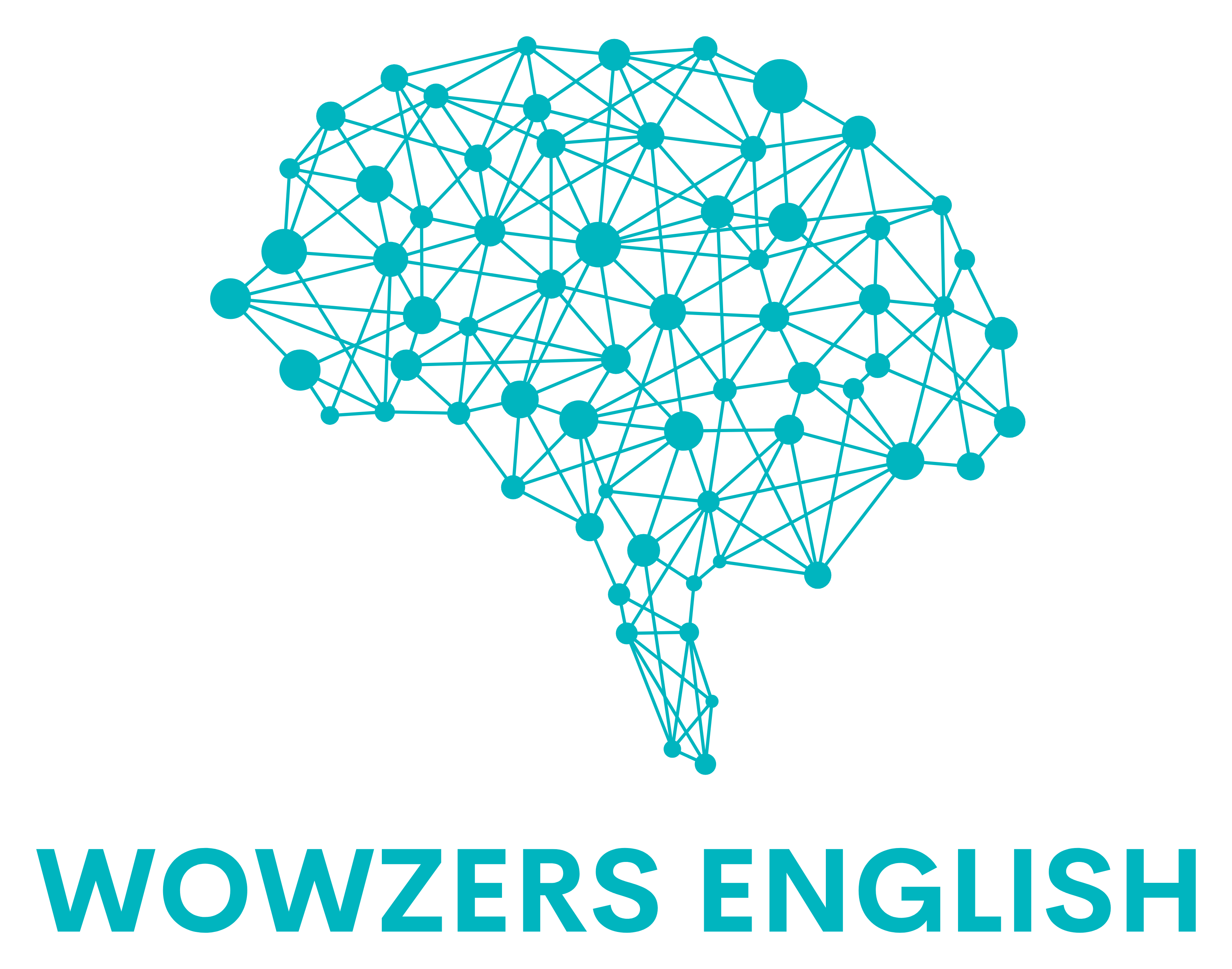How AI Could Change the Future of Medicine
Artificial intelligence is being used to expand the power of radiology and medical imaging.
The thing that I think confused a lot of people early on when AI was being introduced into healthcare was it was going to be a panacea. Maybe it was going to replace humans in this process or that general AI was going to be able to look at massive records and make massive decisions. I’m not saying that that isn’t going to happen someday, but the products are really around that triage, finding things early, finding things in large quantity. So where it might take a human days to be able to find a diagnosis, whereas computers can run without sleep continuously and find those patients that need triage care right away.
The U.S. Food and Drug Administration has approved around 420 algorithms involving AI and imaging for various diseases, most of them in cancer. At Mass General Brigham, doctors have about 50 such algorithms to help them with patient care, about half have been approved by the FDA, and the remaining ones are still being tested.
There are certain conditions that if you don’t treat quickly, the patient worsens or could actually pass away, and so examples of that would be like pulmonary embolism in the ER setting, a patient comes in with shortness of breath that could be one of the things they have but it might not be the thing that they have, could have congestive heart failure which gets treated differently. So now there are algorithms that can detect pulmonary embolisms not a CAT scan of the chest, and so when that gets detected it doesn’t make the diagnosis. It’s important to note that it’s not saying this is definitely what it is, it’s saying that the probability of this patient having it is much higher than this patient and so you should look at this patient first when you have a series of patients that you need to care for. It does help to get that bump up in the list to be able to say ‘I should look here first’ because there’s a higher likelihood that this patient has that and needs the treatment.
But all of these, uh, um, different levels of AI– all today require a human intervention to come in and say I agree or disagree. So depending upon today the sophistication of AI it just makes it easier for that human to focus on one area and to focus on the right patient to say how we get care faster.

